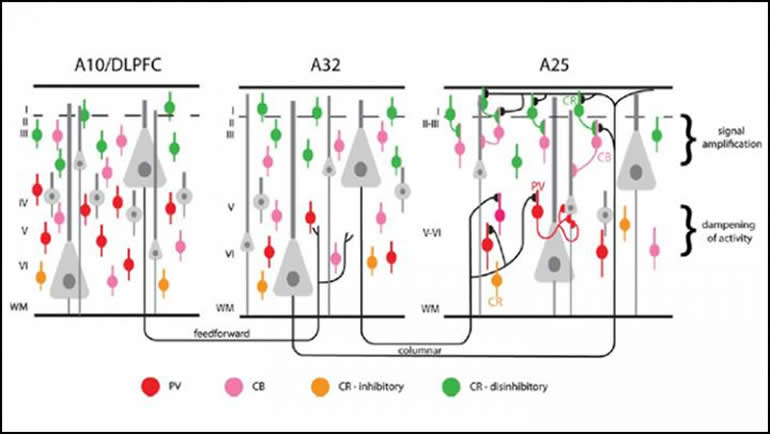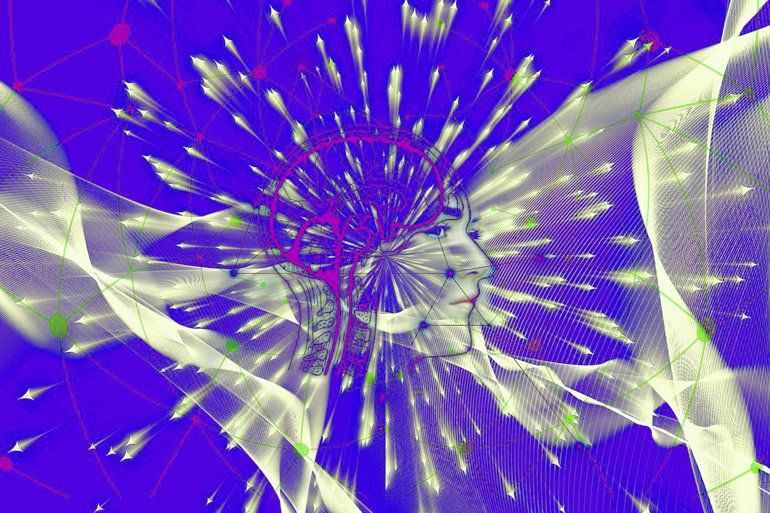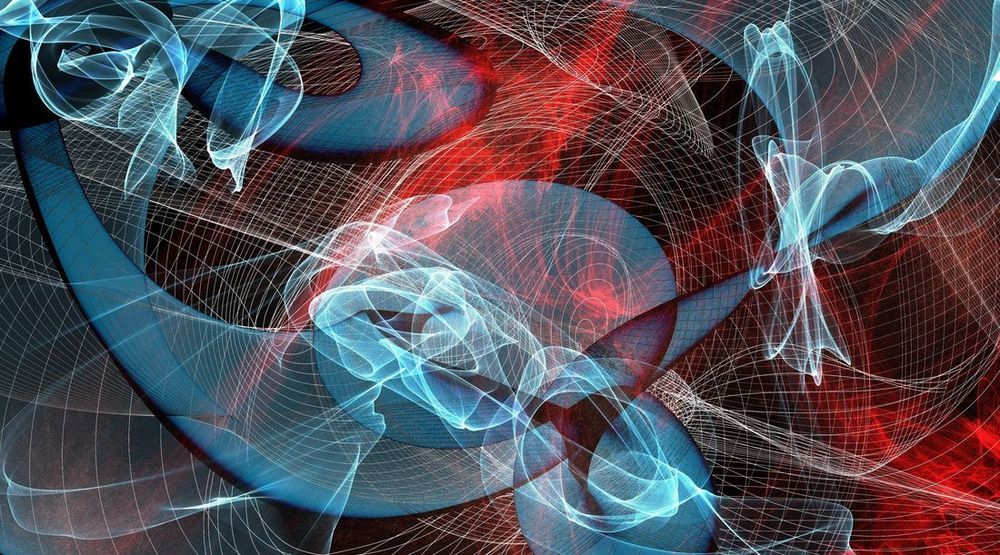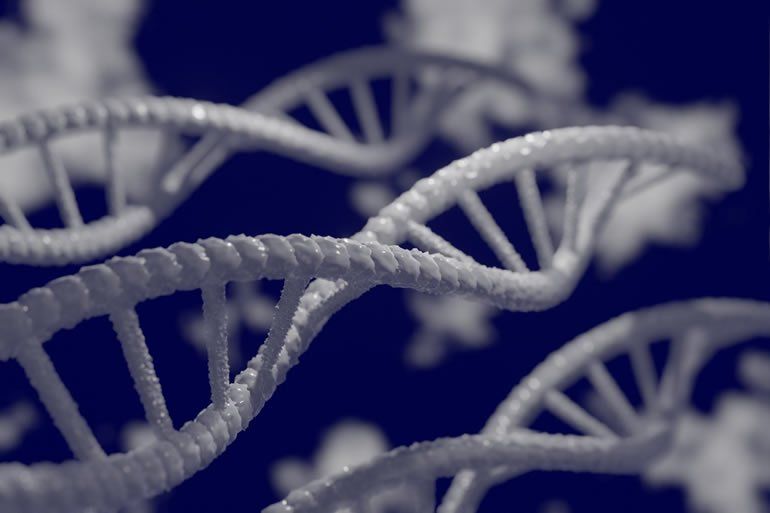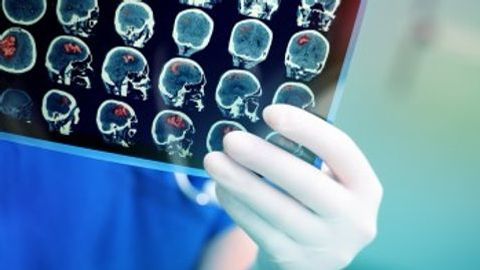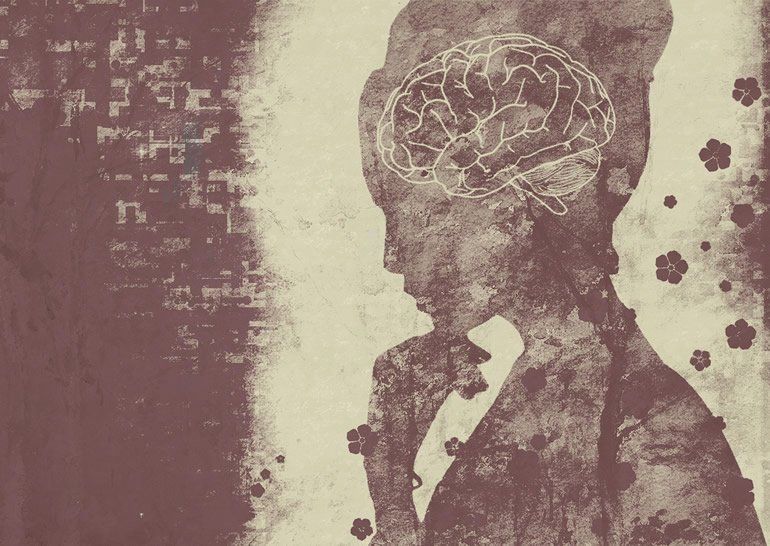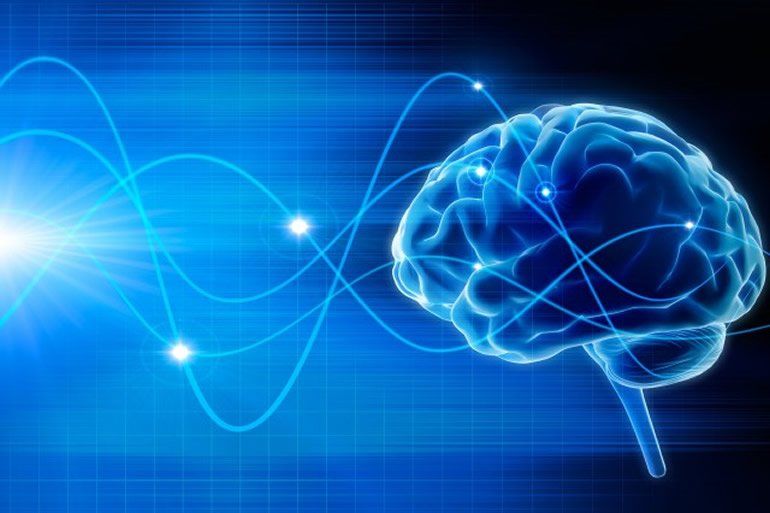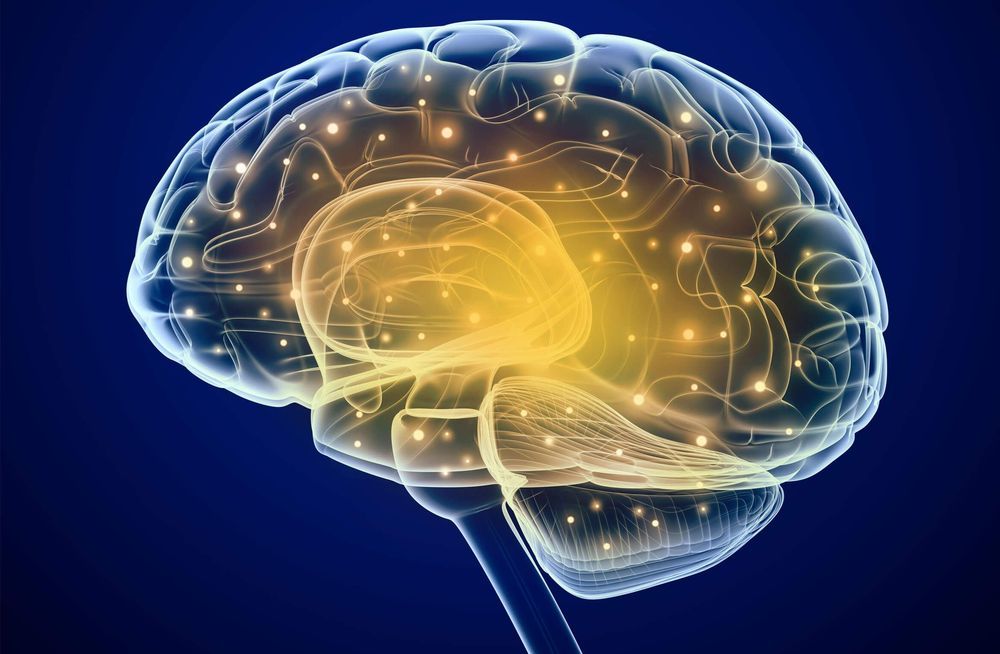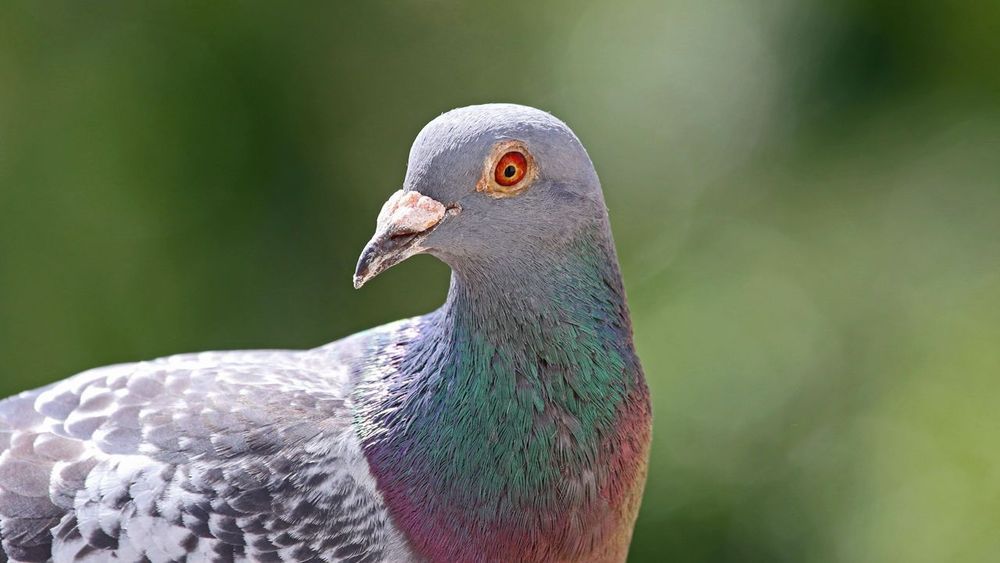Sep 28, 2020
How the Brain Balances Emotion and Reason
Posted by Genevieve Klien in category: neuroscience
Summary: Area 32, a region of the anterior cingulate, balances activity from cognitive and emotional areas of the primate brain.
Source: SfN
Navigating through life requires balancing emotion and reason, a feat accomplished by the brain region “area 32” of the anterior cingulate cortex. The area maintains emotional equilibrium by relaying information between cognitive and emotional brain regions, according to new research in monkeys published in Journal of Neuroscience.
